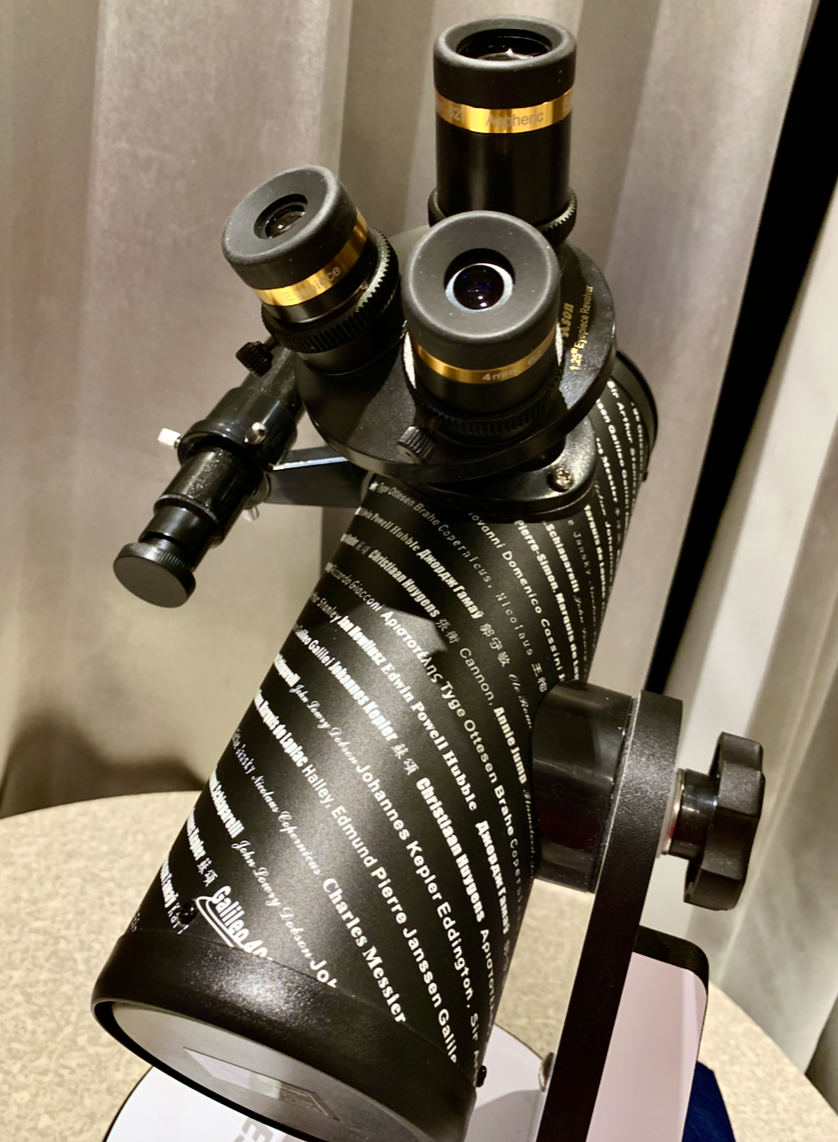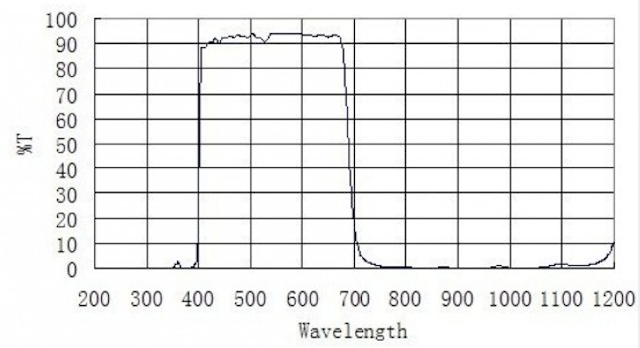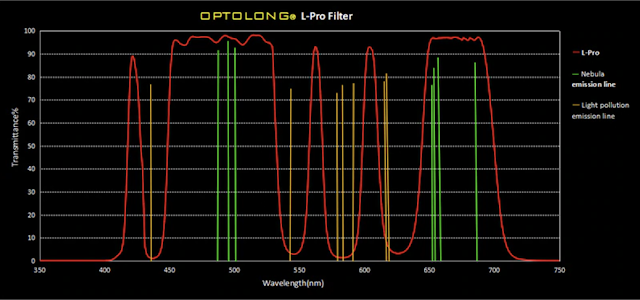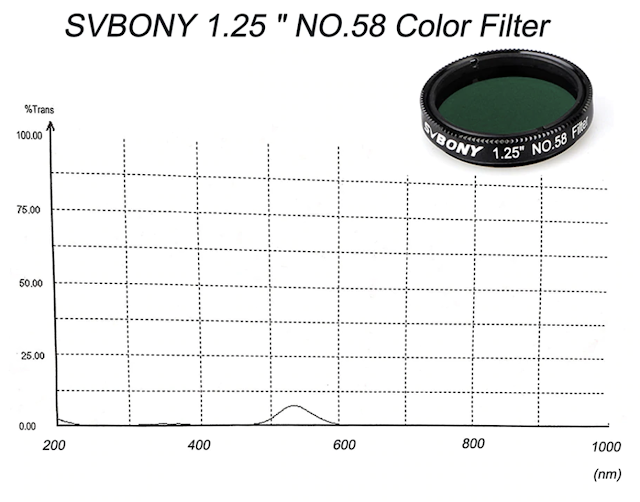Testing Svbony Optics on the First Scope Telescope
Tests included the 2x Barlow, .5x focal reducer, full focal length set of Svbony eyepieces (both Plössl and Aspheric) on the Celestron 3" f/4 Dobsonian First Scope Telescope. The results are surprising!
I UPGRADED my Celestron Signature Series FirstScope telescope using optical components from Svbony, including finderscope, focal reducer, barlow and new eyepieces. The results were exciting and surprising to say the least. Let's take a look at what was learned in the testing process.
First let's talk about the setup. I set the telescope on a small round table indoors and imaged through the closed clean patio window. The single pane of clear (white) parallel float glass is relatively optically pure and works well for quick tests and good focus inside the convenient environment of a bug free and perfect temperature telescope control room.
I selected a set of two types of eyepieces from Svbony, a reliable supplier of telescopes and accessories. The first set are Plössl and the second set are Aspheric. Note: different EPs are known to have different performances given short or long focal length mirrors.
Svbony Set One
40mm Plössl
32mm Plössl
Svbony Set Two
23mm Aspheric
10mm Aspheric
4mm Aspheric
Focal Reducer
.5x
Barlow
2x
The results are surprising. The set of Aspheric oculars, with a more simple glass design, was vastly superior, giving sharp focus bright images across the FOV. The views were dazzling and exciting! Colors were exceptional, images formed clearly without distortions or aberrations, and the low cost of each eyepiece fit well with First Scope Telescope (a set of all three eyepieces currently costs $26.18, just a little over $8 each!). These EPs have outperformed other brands costing several hundred dollars each.
Another positive and greatly welcomed factor is the light weight of each ocular - weighing almost nothing - it does not upset the predetermined non-adjustable balance of the OTA. Aspherics won out over numerous other brands, for example, a 4mm Celestron ocular known for producing dim images has extremely tiny lenses that don't admit much light at all and it was very difficult for visual observing with an almost non-existent exit pupil. However, the Svbony Aspherical 4mm eyepiece was a pleasant surprise with its large diameter lenses, a comfortable exit pupil for visual observing, and exceptionally bright clear images especially for a short focus EP at high power.
However, given the fast focal length f/4, the Plössls, both 32mm and 40mm were a different story. Visual observing produced a black round spot in the middle of the fov, i.e. a shadow of the secondary, which can happen when the exit pupil is wider than 7mm. Clearly, the long focal lengths of these Plössls do not match the short focal length of the mirror. Therefore in conclusion, the Svbony Aspheric eyepiece set is the real winner and highly recommended for use with the F/3.95 Celestron First Scope Telescope.
Focal Reducer & Barlow Testing Bonus Tip: Those thinking about trying a focal reducer ($9.45) with any of the tested eyepieces will soon realize the telescope does not have focus in range. However, the 2x Svbony Barlow ($7.90) is another big winner and works exceptionally well, even at the highest power when changing the 4mm into a 2mm. With the telescopes 76mm (2.99") aperture and 300mm (11.81") focal length at f/3.95, this gives 150x with tac sharp clear images. The Svbony 2x Barlow worked well with all three aspheric eyepieces (including the 23mm and 10mm) and is highly recommended for the Celestron First Scope.
Top left - Svbony .5x focal reducer attaches to the eyepiece. Left below - Svbony 2x Barlow also threads into a 1.25" eyepiece. The finderscope will be reviewed at a later date.
Celestron Firstscope Telescope Specs
Design - Newtonian Reflector
Style - FirstScope Signature Series
Manufacturer - Celestron
Mount - Dobsonian
Drive - None
Diameter - 2.99 inches (76mm)
Focal Ratio - f/3.95
Focal Length - 11.8" (300.2mm)
Prime Focus - 12x
Eyepieces - Original Celestron eyepieces melted
Resolution Rayleigh - 1.83 arc seconds
Resolution Dawes - 1.53 arc seconds
Limit Stellar Magnitude - 11.9
Light gather power compared to human eye - 118x
Adjustments - None
Highest Useful Magnification - 150x
Lowest Useful Magnification - 12x
Owner Added Accessories
* Svbony Aspheric Eyepiece One - 62 Deg., 23mm (.9") = 13x
with 2x Barlow = 26x
* Svbony Aspheric Eyepiece Two - 62 Deg., 10mm (.4") = 30x
with 2x Barlow = 60x
* Svbony Aspheric Eyepiece Three - 62 Deg., 4mm (.16) = 75x
with 2x Barlow = 150x
* Svbony/Celestron Finderscope - 5x24, Plastic, Crosshairs, Focus
* Celestron iPhone Software - Sky Portal
* Computers - Apple Mac
* Image Processing Software - Apple System Photos, Mooii Tech PhotoScape X,
GIMP, Soggy Waffles Paintbrush
* Apple Camera - iPhone
* Zwo ASI224MC Camera
* Svbony Focal Reducer - NA
* Svbony Barlow - 2x
* Svbony - Filters































































